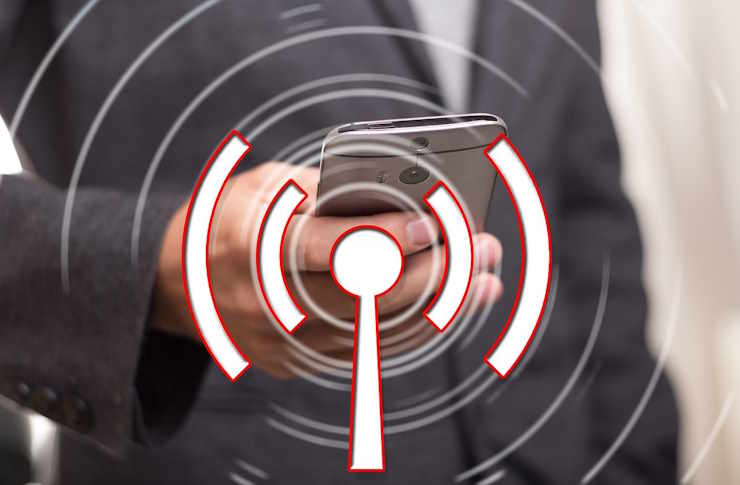Myofascial Release: Unraveling the Body's Hidden Network
Imagine a web of interconnected tissue spanning every inch of your body, influencing your posture, mobility, and even your pain levels. This intricate network, known as fascia, is the focus of an emerging wellness technique called myofascial release. But what exactly is this mysterious tissue, and how can manipulating it transform your health?

The Fascial System: More Than Just Packaging
Fascia, derived from the Latin word for “band” or “bandage,” is a continuous sheet of connective tissue that envelops muscles, bones, and organs throughout the body. Far from being mere packaging, this intricate network plays a crucial role in maintaining structural integrity, transmitting force, and even influencing our perception of pain.
Historically, fascia was largely ignored by the medical community, often discarded during dissections as unimportant. However, recent research has revealed its significance in body mechanics and overall health. The fascial system is now recognized as a sensory organ in its own right, rich in nerve endings and capable of adapting to stress and movement patterns.
The Science Behind Myofascial Release
Myofascial release techniques work on the principle that restrictions in the fascial system can lead to pain, reduced mobility, and decreased function. By applying sustained pressure to specific areas, practitioners aim to release these restrictions and restore optimal tissue health.
Research has shown that fascia responds to mechanical stimulation by becoming more pliable. This change in tissue properties can lead to improved range of motion, reduced pain, and enhanced proprioception – the body’s sense of position and movement. Studies have also suggested that myofascial release may influence the autonomic nervous system, potentially affecting stress levels and overall well-being.
Techniques and Applications
Myofascial release encompasses a variety of techniques, from gentle sustained pressure to more intense manipulation. Common methods include:
-
Direct myofascial release: Applying pressure directly to restricted areas
-
Indirect myofascial release: Gentle stretching of surrounding tissues
-
Self-myofascial release: Using tools like foam rollers or massage balls
These techniques are employed in various settings, from physical therapy clinics to massage parlors and even home-based self-care routines. They’re used to address a wide range of conditions, including chronic pain syndromes, sports injuries, and postural imbalances.
Beyond Physical Benefits: The Mind-Body Connection
While the physical benefits of myofascial release are well-documented, emerging research suggests that its effects may extend beyond the musculoskeletal system. The fascial network is intimately connected with the autonomic nervous system, leading some researchers to propose that myofascial work could influence stress responses and emotional well-being.
Anecdotal reports from practitioners and recipients alike describe feelings of relaxation, improved body awareness, and even emotional release during myofascial treatments. While more research is needed to fully understand these effects, the potential for myofascial release to bridge the gap between physical and mental health is intriguing.
Integration with Other Modalities
One of the strengths of myofascial release is its compatibility with other therapeutic approaches. Many practitioners incorporate it into broader treatment plans, combining it with techniques such as:
-
Traditional massage therapy
-
Acupuncture
-
Physical therapy exercises
-
Mindfulness practices
This integrative approach allows for a more comprehensive addressing of health concerns, potentially leading to better outcomes and more sustainable results.
Fascia Facts and Release Tips
-
Fascia is composed primarily of collagen and has the ability to contract independently of muscles
-
Staying hydrated may help maintain fascial health and flexibility
-
Regular movement, especially varied movement patterns, can help prevent fascial restrictions
-
Self-myofascial release can be performed daily, but it’s important to listen to your body and not overdo it
-
Heat therapy before myofascial work can help increase tissue pliability
-
Slow, controlled movements are often more effective than rapid, forceful ones when performing self-release techniques
As our understanding of the body’s interconnected systems continues to evolve, techniques like myofascial release are likely to play an increasingly important role in health and wellness strategies. By addressing the often-overlooked fascial system, we open up new avenues for improving physical function, managing pain, and potentially enhancing overall well-being. Whether you’re an athlete looking to optimize performance or someone seeking relief from chronic discomfort, exploring the world of myofascial release could be a step towards a more balanced, pain-free existence.





